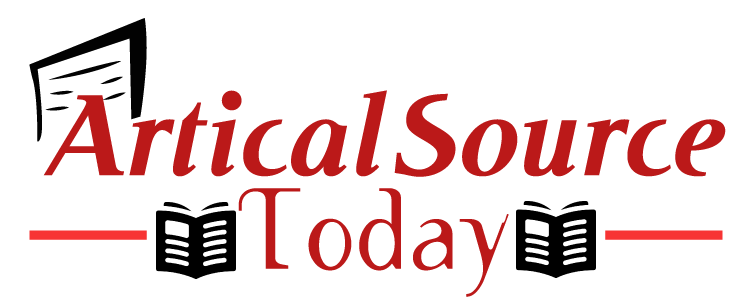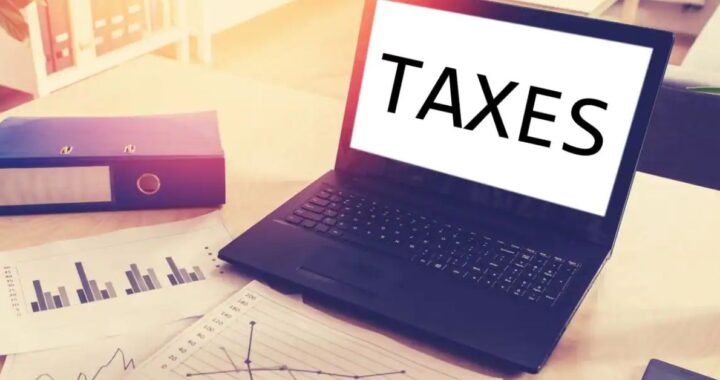A Quick Guide To Seed Enterprise Investment Scheme

The Seed Enterprise Investment scheme is designed for the brand new companies who can get advantage from the loss-relieved element shared with EIS. This can be better understood by an example. If a company pays tax at 45% and makes an investment of around 10,000 Euros that fails, the company tends to lose only 2,750 Euros due to the tax relief.
And this is exactly what makes SEIS attractive to investors. In order to take advantage of the Seed Enterprise Investment scheme, all that an entrepreneur needs to do is seek assurance from HMRC if they are eligible for the scheme.
Benefits of SEIS Tax Relief
The Seed Enterprise Investment scheme (SEIS) helps investors, including directors, to receive an initial tax relief of 50% on the investments upto 100,000 Euros. It also offers capital gains tax exemption for any gains made on the SEIS shares. Here are some benefits of the Seed Enterprise investment scheme tax relief.
Income Tax Relief
The investors get income tax relief through SEIS. Upto 50% of relief can be expected on income tax on investments up to 100,000 Euros per tax year.
CGT Disposal Relief
In case the investment made is held for three consecutive years, any gain made is Capital Gains Tax (CGT) free.
Loss Relief
If the shares of the investors are disposed of at a loss then one can elect that the loss is set against any income tax of that year or of the previous year.
CGT Reinvestment Relief
Around 50% of the capital gains are exempt from CGT if it is reinvested in a company that is Seed Enterprise Investment qualified.
With that said, here is how you can check if your company is SEIS eligible.
The companies may be eligible for SEIS and qualify SEIS investment funds if—
- They are less than two years old.
- They have less than 25 employees.
- They have less than 200,000 Euros in gross assets.
Who, When & How To Claim SEIS Relief
Who
In order to qualify for SEIS, one must be a UK taxpayer at the time of investment. Just like EIS, there are two major restrictions to the SEIS eligibility and both are related to if you are connected to the company before or during your investment. This applies for exactly 2 years before and 3 years after the investment. This connection can be either through financial interest or by employment.
By financial interest – You are not eligible if you control the company or hold more than 30% of voting rights.
By employment – If you are an employee or partner of the company then you are ineligible. If you are director of the company that you are investing in but are not connected dby financial interests, you can still apply for SEIS relief.
When
You can apply for SEIS investment funds from four months after your business began trading and until five years after 31st january in the tax year since you made an investment. For example if you made an investment in the 2020 tax year, you can claim your SEIS upto 31st january 2026.
How
- Make sure that the company qualifies for SEIS. Only if the company is eligible as per the criteria above, it will be listed as SEIS.
- Have confirmation about the company’s ‘advance assurance.’ There’s a confirmation certificate mailed to the investor by HMRC about being benefited from SEIS.
- Make the investment. The investment made must be in ordinary shares worth not more than 30% of the company.
- Wait till you receive the SEIS3 form. The SCEC issues the SEIS3 form to the investors after SEIS1 is submitted by the company to HMRC.
- Use the SEIS3 form to claim your tax relief.
There are many risks involved in the complete process. To know more about this, comment down your queries below.





